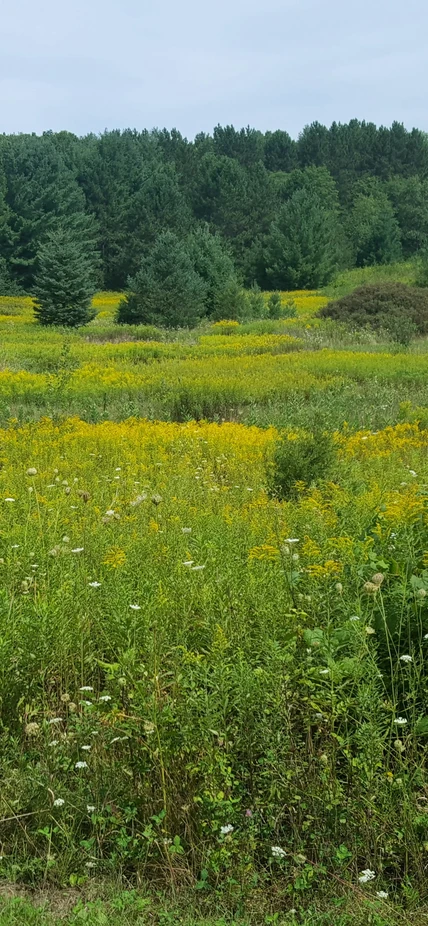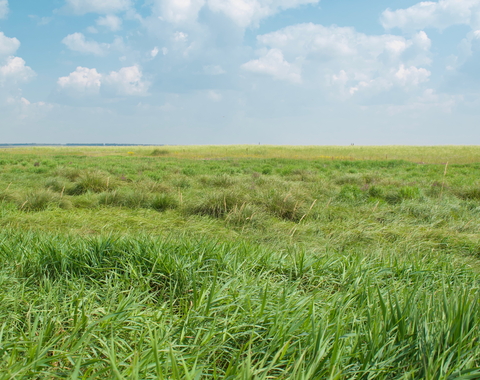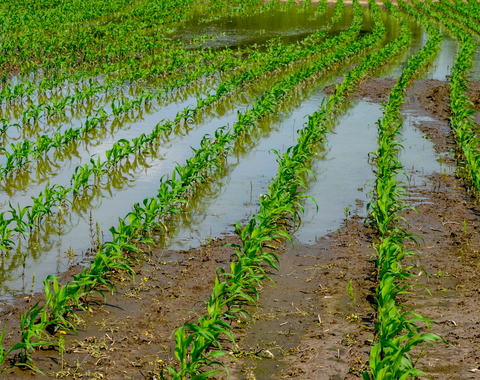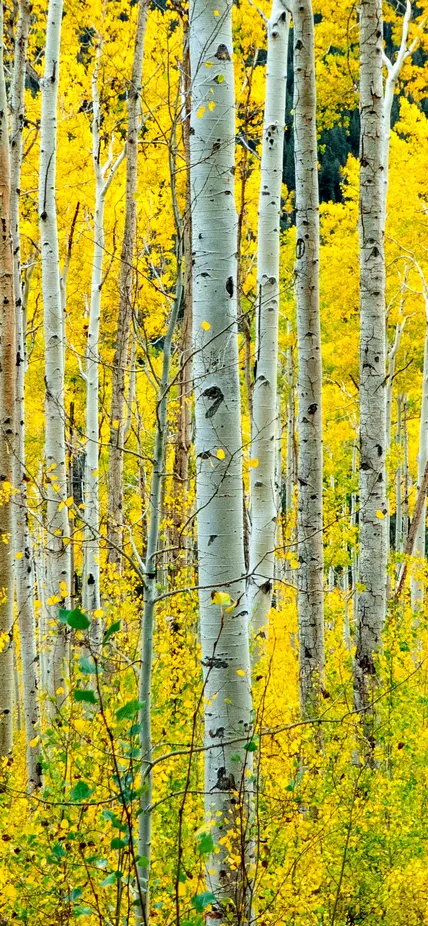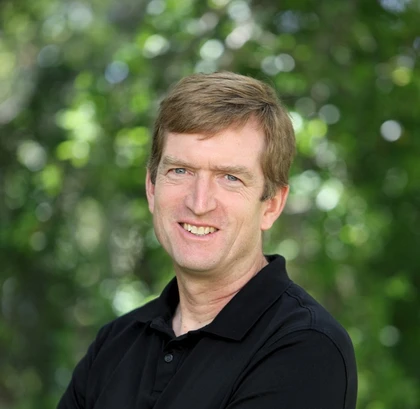
Washington, DC— Grasslands and shrublands cover nearly half of our planet and support livestock. Prolonged, extreme drought conditions would greatly limit the long-term health of these crucial ecosystems—risking a reoccurrence of the 1930s Dust Bowl that decimated so much of the American West, according to the latest findings from a global research effort.
Led by Colorado State University’s Melinda Smith, the project quantified the impact of extreme drought on grassland and shrubland ecosystems across six continents. The researchers’ findings—published recently in Science—showed that plant productivity decreased more than twice as much after four continuous years of extreme drought compared to moderate drought scenarios. These ecosystems are not able to recover under prolonged dry conditions, the researchers indicated.
Through photosynthesis, plants use the Sun's energy to convert air and water into biomass, about half of which is carbon. As such, measuring plant productivity is way to understand the global carbon cycle and the vital task that plants perform in balancing and facilitating the uptake and sequestration of atmospheric carbon. The loss of grasslands and shrublands due to prolonged drought could have wide-ranging impacts on global planetary dynamics, according to the research group.
The work was undertaken as part of the Drought-Net Research Coordination Network, of which Carnegie’s Jeffrey Dukes is a founding member. He serves on the initiative’s steering committee, where he played a vital role in helping to design the experiments across a distributed network of sites around the globe.
For the project, a team of more than 170 scientists constructed covered systems to manipulate rainfall over small patches of land around the world, reducing it by a targeted amount over a four-year period—seeking to simulate 1-in-100-year drought conditions. Variations in natural precipitation, as well as soil and vegetation across continents, meant different sites experienced different combinations of moderate and extreme drought years, providing unique experimental conditions that informed this study.
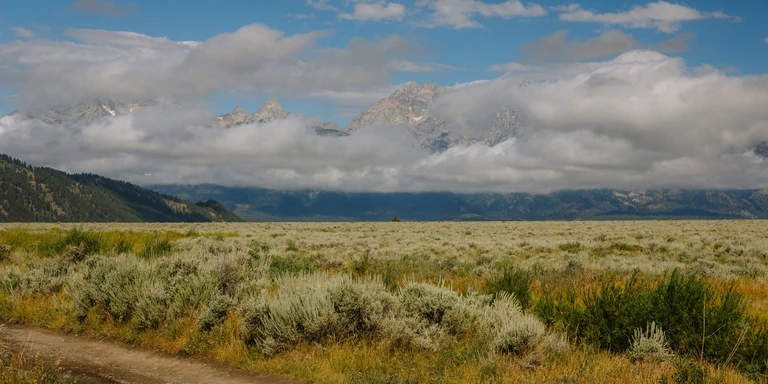
We sat down with Dukes to learn more about the project’s genesis, approach, and impact.
Q: Tell us about the DroughtNet initiative and these new findings.
Dukes: This project is what’s called a coordinated, distributed experiment. This is a concept that emerged about 20 years ago in ecology. It involves selecting questions that would be useful to ask at many sites around the world to try to discover generalities across ecosystems by looking for commonalities in the site-specific responses.
Q: How did DroughtNet come about?
Dukes: It started with a proposal to fund some networking meetings. There is no agency in the world that is going to fund 100 to 150 people at different locations around the world to conduct an experiment. But if everyone gets excited about an idea, and gets motivated to find some “spare change” in the couch cushions of their budgets, and the costs of setting up a field site are kept low enough to ensure participation in the Global South, then we can reveal some very cool insights that are much more than a single lab or a small collaboration could achieve.
Q: Tell us more about the design of this experiment.
Dukes: Researchers made custom “rainout shelters” to reduce precipitation over local plots of land. Each site had its own specific percentage of rainfall that needed to be removed to create, on average, a one-in-100-year drought scenario. Some of them had more severe droughts imposed than others. But when we talk about an extreme drought, in this project, we're talking about that hitting that one-in-100-year threshold.
Part of what we were looking for in the current study is what happens when you have extreme drought stacked on extreme drought stacked upon extreme drought. And some of our sites had three or four consecutive dry years. Through our experimental design, we were able to compare them to other places with less prolonged dryness.
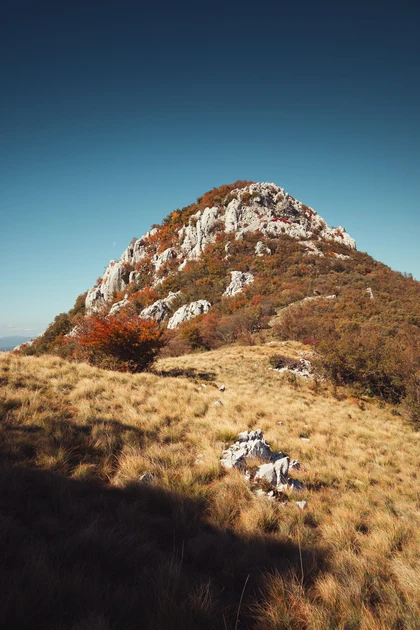
Q: As a steering committee member, how were you involved in the genesis of DroughtNet?
Dukes: My role was to help design this overall project from the beginning. Melinda Smith, of Colorado State University, was the P.I. of the networking grant and several others and has been the leader from the start. But there are a handful of us who have been part of establishing the experimental design that everyone would follow and advised on all the analyses along the way to this paper.
In the very beginning, we had no sites yet. We had a dozen people in a room talking about what we could realistically do. Many of us had done drought experiments before, so we were familiar with the costs and the amount of effort required. And we tried our best to come up with a protocol that we thought would be effective, informative, and do-able based on our experiences.
Q: You’ve actually led a big research coordination network like this before, right? What was one of your favorite things about that project?
Dukes: The one I led was trying to foster conversations and relationships between experimentalists, who work out in the field, and modelers, who are trying to provide realistic simulations of what these global changes are going to do to ecosystem functions. But in many cases, especially for those early in their careers, they haven’t ever experienced the other side of it. And, so, we were trying to say: OK let’s get together. Let’s talk. Let’s figure out how experimentalists can do work that’s more relevant to the modelers and how the modelers can better understand the real constraints that are going on in the field.
One of the things we had was like an exchange program, trying to get experimentalists to go to modeling labs and vice versa. And for instance there was one student who worked on methane production in Arctic landscapes, and she'd never been to an Arctic landscape. So, she got to go and do a little bit of fieldwork up there and have a better sense of what it’s like.
Q: Would you get involved in another coordinated distributed experiment?
Dukes: Yeah, yeah. I do think these are really valuable types of experiments to do. I think they're challenging. They're a lot of work. And I would not start one lightly. But they do reveal so much information.
